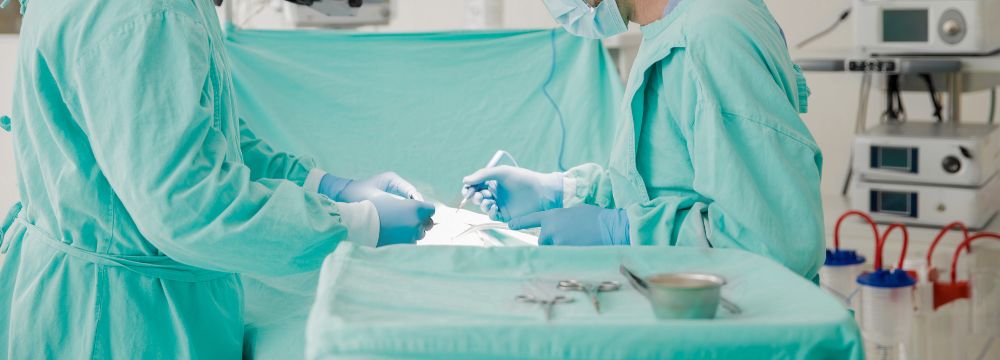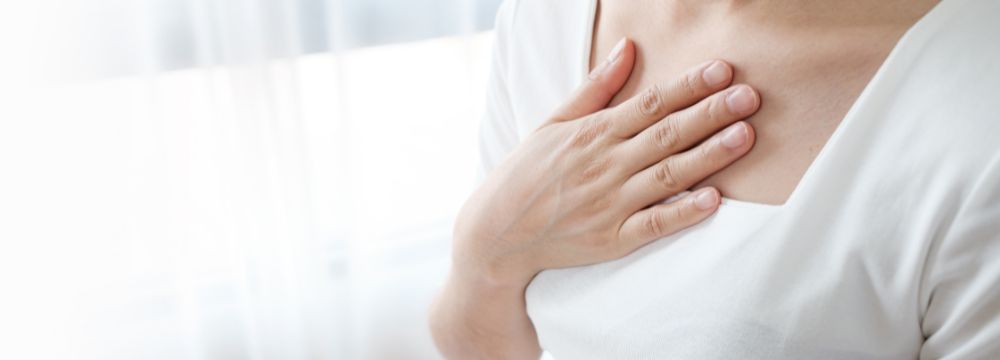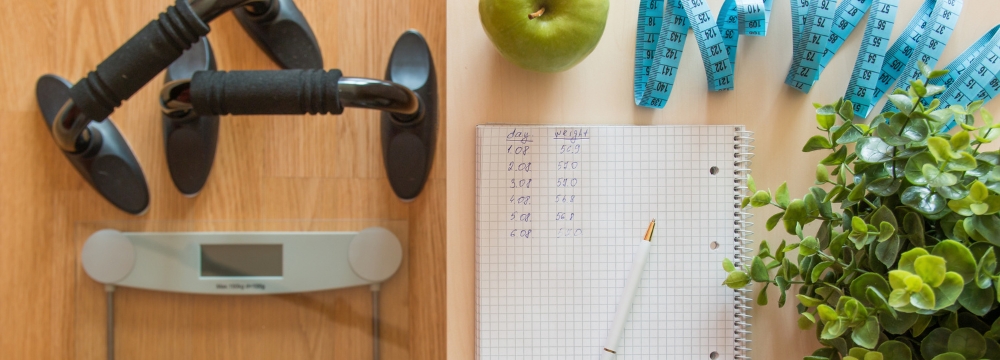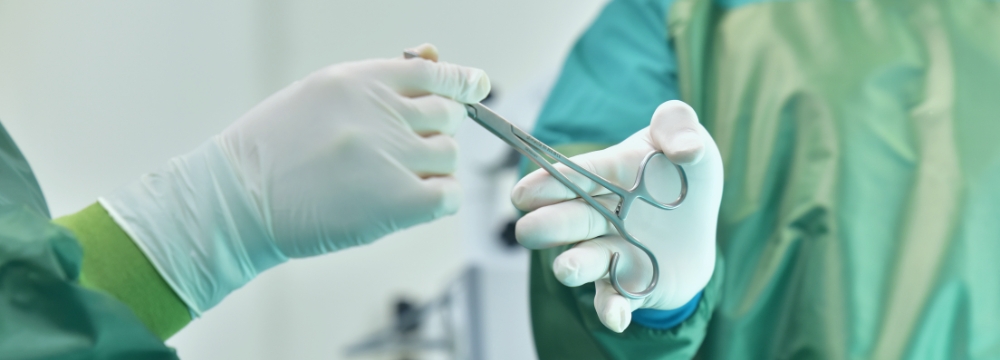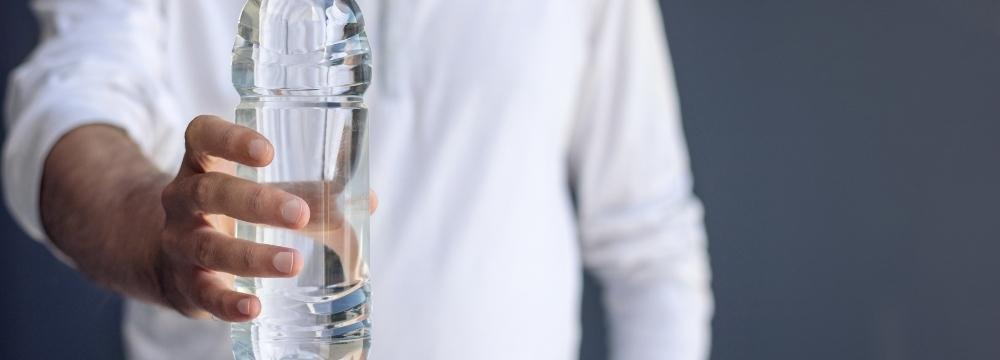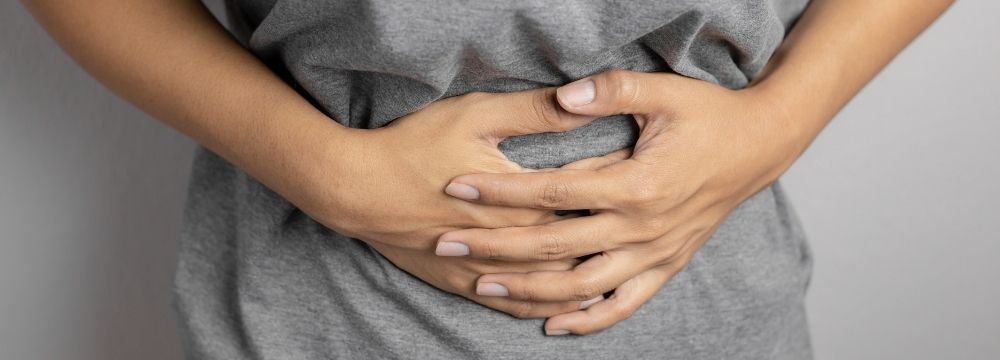Gallbladder
When it comes to abdominal pain, safe is always better than sorry. Like most aches and pains around our bodies, abdominal pain is usually not much to worry about. However, many vital organs are contained in the abdomen, and if they become diseased or unhealthy, they can begin to cause us pain. This can manifest as dull, deep aches or sharp, stabbing pains. They could last for just a few seconds or several hours. While many abdominal pains require significant diagnostic testing, a few have a very predictable profile and are often readily diagnosed, sometimes even without advanced imaging.
One such pain is caused by your gallbladder. The gallbladder is a small pouch attached to your liver that acts as a repository for bile produced by the liver. This bile is released to assist in the digestion of dietary fat. While several conditions can cause gallbladder problems, the most common concern is symptomatic gallstones. Many people have gallstones that can vary in size, as small as grains of sand and up to 4 cm or even larger. For most, gallstones do not cause any symptoms, but when a stone obstructs the outflow of bile, this can become very painful. Typically, when gallstones become symptomatic, the condition does not improve. Instead, gallbladder attacks tend to get more painful and frequent over time. While many patients manage their gallbladder pain through a modified diet to reduce fat intake, the ultimate resolution is surgery.
Where Is Gallbladder Pain?
Gallbladder pain is usually evident in the upper right quadrant of the abdomen, just under the rib cage. At times, the pain can wrap around the back. And while the affected area is very telling about gallbladder disease, when these attacks occur can be even more telling. If a patient begins to have significant pain in that area shortly after a particularly large or fatty/rich meal, it’s likely to be caused by gallstones. Why is this? The gallbladder contracts to squeeze out bile when we eat those fatty foods, and a stone is most likely to block the outflow of bile during that time. When this occurs, the pain can be significant and sometimes even unbearable. So, patients with symptomatic gallstones may lose weight as they avoid large or fatty meals.
If you are experiencing pain in the upper right quadrant of your abdomen, you might have symptomatic gallstones, which may require the removal of the gallbladder in a straightforward procedure known as a cholecystectomy. However, other conditions also share some of the symptoms of gallstones. So, before you dismiss the pain or decide to live with it, visit your primary care physician or a surgical specialist like our practice to get a proper diagnosis and treatment plan.
Prognosis of Gallbladder Removal
Patients who allow their gallbladder disease to progress may increase the risk of follow on concerns such as pancreatitis and liver concerns. While these consequences are somewhat rare, the straightforward nature of gallbladder removal means that most patients will not experience significant complications and will enjoy the procedure’s benefits with a relatively short recovery.
The first and most crucial step is to schedule a consultation. We look forward to seeing you at our office to discuss whether a gallstone attack or other gallbladder concerns indeed cause the pain in your abdomen.


